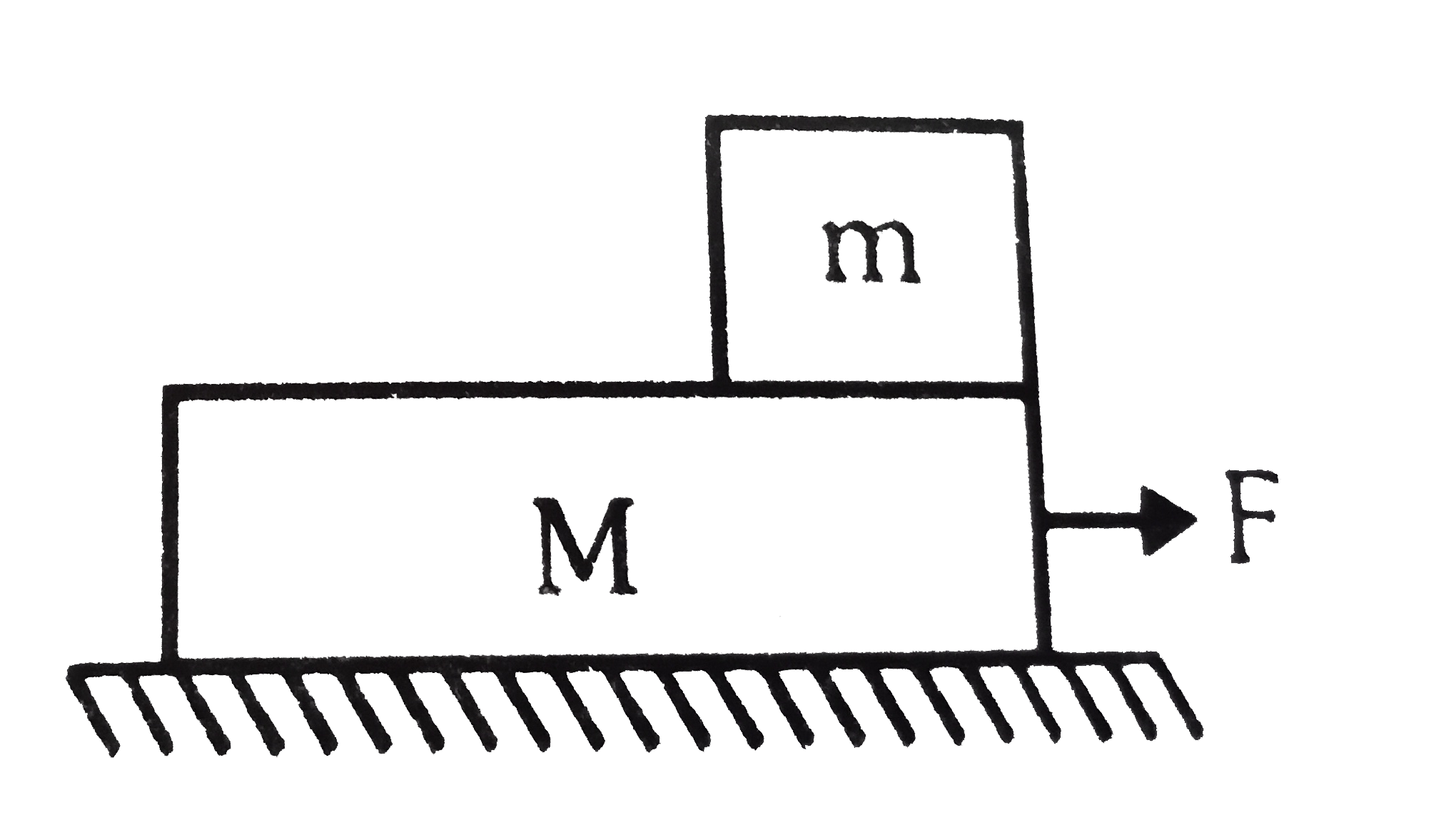A ball is moving on a perfectly smooth horizontal surface. If no force is applied on it, will its speed decrease, increase or remain unchanged ?
To solve the question, we will analyze the situation using Newton's First Law of Motion, which states that an object in motion will remain in motion with the same speed and in the same direction unless acted upon by an external force.
1. Understanding the Scenario:
- A ball is moving on a perfectly smooth horizontal surface. This indicates that there is no friction acting on the ball.
2. Identifying Forces:
- The problem states that no external force is applied to the ball. This means that the net force acting on the ball is zero.
3. Applying Newton's First Law of Motion:
- According to Newton's First Law, if the net external force acting on an object is zero, the object will continue to move at a constant velocity. This means that both the speed and direction of the object will remain unchanged.
4. Conclusion:
- Since there are no forces acting on the ball (no friction, no external forces), the speed of the ball will remain unchanged.
Final Answer:
The speed of the ball will remain unchanged.
---
- A ball is moving on a perfectly smooth horizontal surface. This indicates that there is no friction acting on the ball.
- The problem states that no external force is applied to the ball. This means that the net force acting on the ball is zero.
- According to Newton's First Law, if the net external force acting on an object is zero, the object will continue to move at a constant velocity. This means that both the speed and direction of the object will remain unchanged.
- Since there are no forces acting on the ball (no friction, no external forces), the speed of the ball will remain unchanged.
The speed of the ball will remain unchanged.
Topper's Solved these Questions
- BOOK - ICSECHAPTER - LAWS OF MOTIONEXERCISE - EXERCISE - 3(B) (Multiple choice type)3videos
LAWS OF MOTION
- BOOK - ICSECHAPTER - LAWS OF MOTIONEXERCISE - EXERCISE - 3(C)25videos
LAWS OF MOTION
- BOOK - ICSECHAPTER - LAWS OF MOTIONEXERCISE - EXERCISE - 3(A) (Multiple Choice Type)2videos
LAWS OF MOTION
- BOOK - ICSECHAPTER - ICSE ANNUAL EXAMINATION -2020EXERCISE - SECTION-II45videos
ICSE ANNUAL EXAMINATION -2020
- BOOK - ICSECHAPTER - LIGHTEXERCISE - TOPIC 2 Spherical Mirrors (4 Marks Questions )9videos
LIGHT
Similar Questions
A uniform bar of square cross-section is lying along a frictionless horizontal surface. A horizontal force is applied to pull it from one of its ends then
 View Solution
View SolutionA uniform sphere is place on a smooth horizontal surface and as horizontal force F is appied on it at a distance h above the surface. The acceleratioin of the centre
View SolutionA solid sphere of radius R is resting on a smooth horizontal surface. A constant force F is applied at a height h from the bottom. Choose the correct alternative.
 View Solution
View SolutionTwo blocks of mass 2 kg and 4 kg are kept in contact with each other on a smooth horizontal surface. A horizontal force of 12 N is applied on the first block due to which they move with certain constant acceleration. Calculate the force between the blocks.
 View Solution
View SolutionA solid sphere of radius R is placed on a smooth horizontal surface. A horizontal force F is applied at height h from the lowest point. For the maximum acceleration of the centre of mass
View SolutionA solid sphere of radius R is placed on a smooth horizontal surface. A horizontal force F is applied at height h from the lowest point. For the maximum acceleration of the centre of mass
View SolutionTwo blocks A and B of masses m and M are attached with ideal string and pulley, and placed on smooth horizontal surface. Force F is applied horizontally as shown in figure. Find the ratio of the acceleration of A to that of B.
 View Solution
View SolutionThree identical cubes each of mass m are place on a smooth horizontal surface.A constant force F is applied on A as shown in the figure.The force on B applied by C is
View SolutionA ball of mass 4 kg moving on a smooth horizontal surface makes an elastic collision with another ball of mass m at rest in the line of motion of first ball. If after collision first ball moves in the same direction with one fourth of its velocity before collision, then mass of second ball is
View SolutionA block of mass'm' it kept over the smooth surface of the plank of mass M. the plank of length l is kept over the smooth horizontal surface. A constant horizontal force F is applied onto the plank as shown in figure. Calculate the time after which the block falls off the plank?
 View Solution
View Solution

